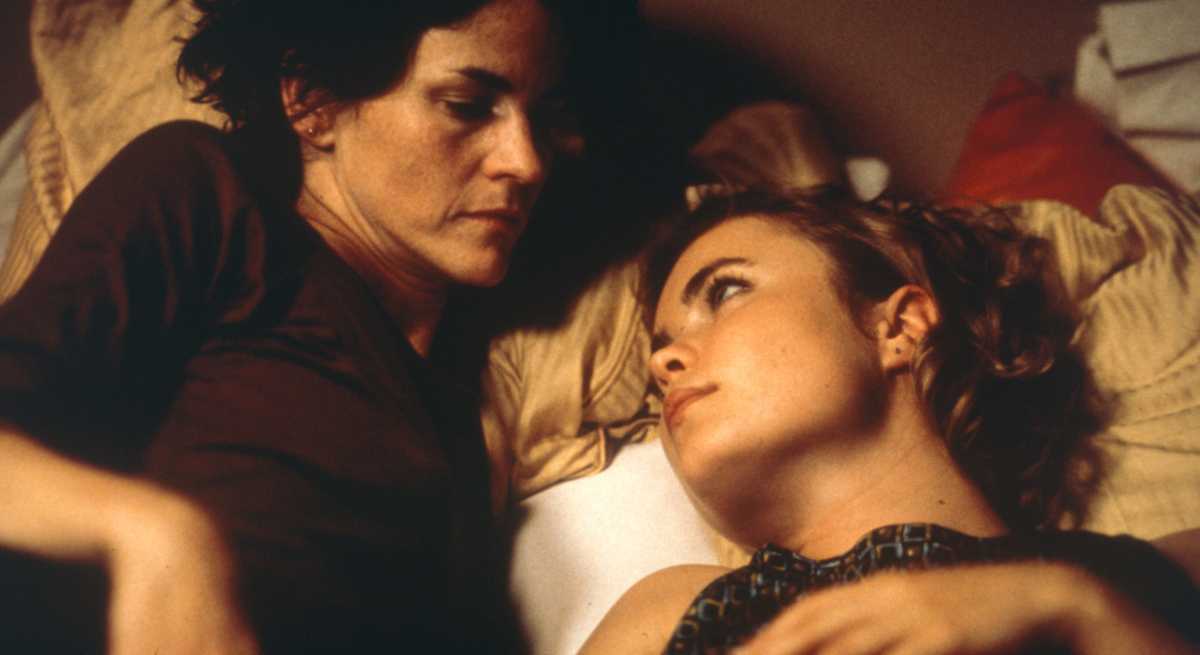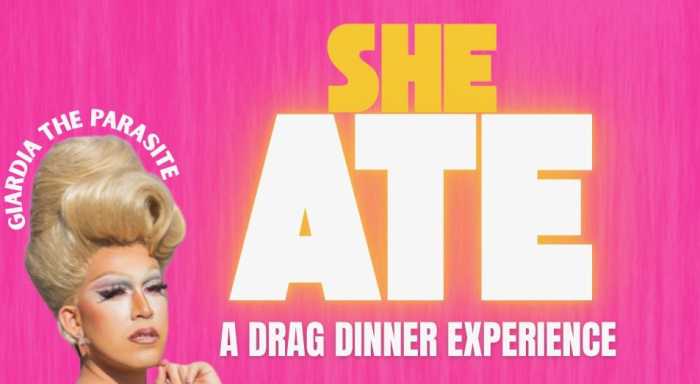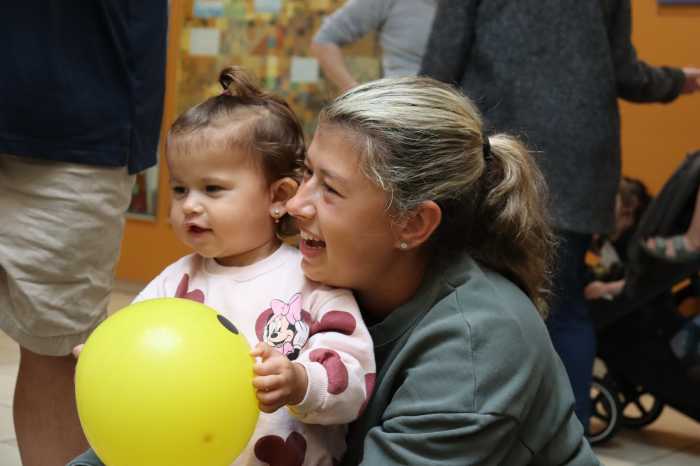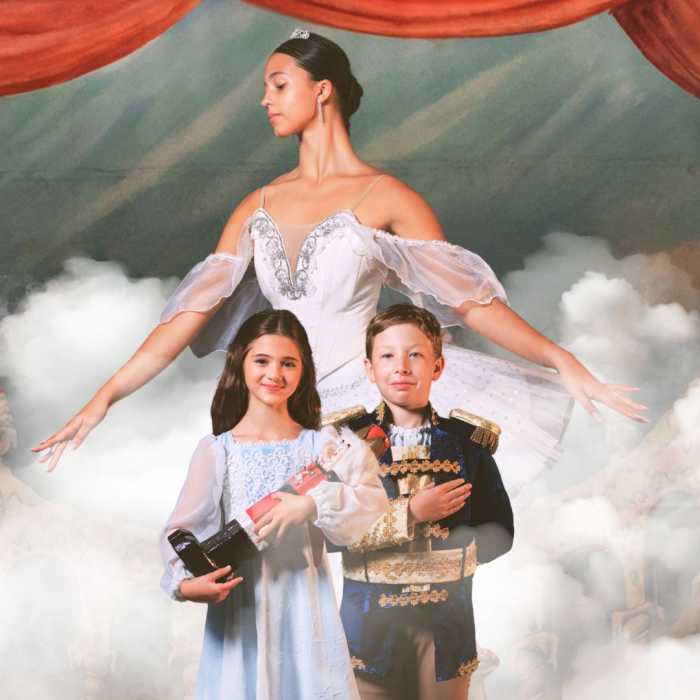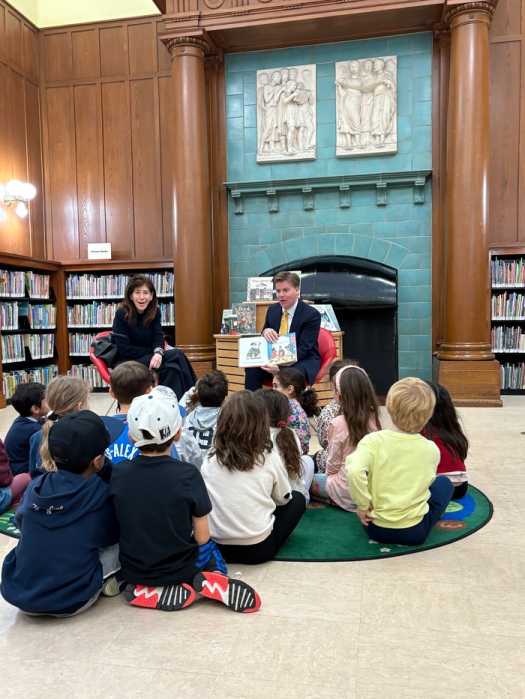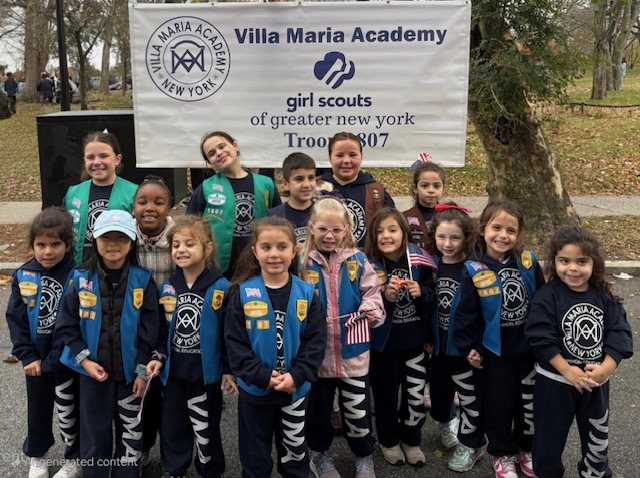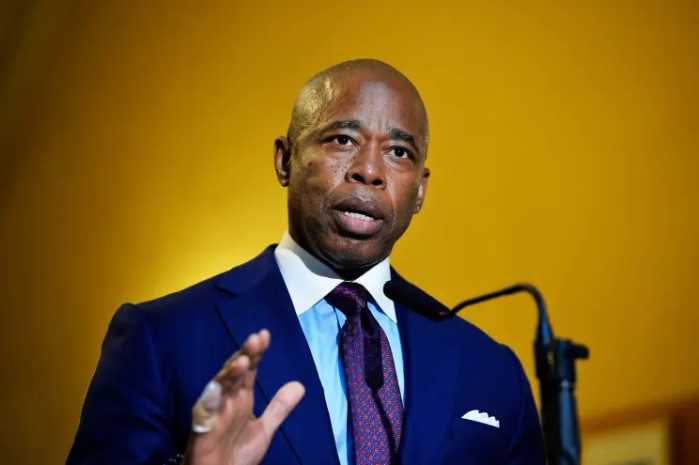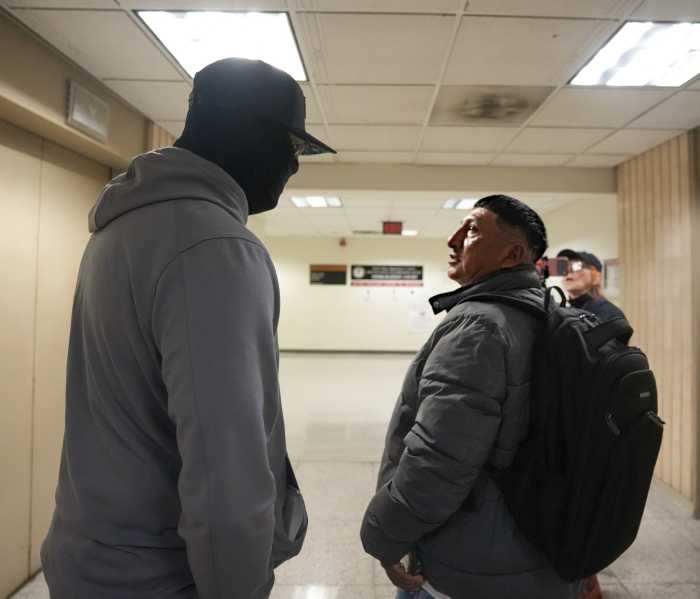Lisa Cholodenko’s 1998 feature debut, “High Art” is a seductive tale about Syd (Radha Mitchell), an assistant editor at “Frame” magazine, developing a professional and personal relationship with a once-famous photographer, Lucy (Ally Sheedy). Now being re-released in a glorious 4K print, this film looks fabulous; it deserves to be seen (or re-seen) on the big screen.
Cholodenko’s film is a queer classic. The performance by Sheedy is mesmerizing; her Lucy darts her eyes around a room, sizing up the opportunities as if to make the best possible choice from a limited set of options. The self-aware Lucy challenges her girlfriend Greta (Patricia Clarkson), her mother (Tammy Grimes), as well as Syd, to do better — something she demands of herself, but can’t quite accomplish.
“High Art” addresses issues of fidelity, too. Syd strays from her boyfriend James (Gabriel Mann) after catching feelings for Lucy, who is struggling in her relationship with Greta. But Syd also has fidelity to her job; she is ambitious and wants to impress her bosses, Harry (David Thornton) and Dominique (Anh Duong), and hopes to “use” Lucy to that end. When Lucy agrees to shoot a cover for “Frame,” she insists Syd be her editor, and she uses Syd as her muse for the assignment to bring her out of retirement.
Cholodenko spoke with Gay City News about “High Art,” and her thoughts on the film as it gets a new lease on life with its 4K re-release.
The magazine in “High Art” is called “Frame,” and what I admire about your film is how you frame your characters and your scenes.
I was amused by “Frame” as the title for a magazine — the double entendre of the obvious connection to a photography and she is “framing” Lucy and is being “framed” by the artworld.
But you immerse viewers in their world, which frames them. Your gaze frames the characters — shots of Syd in the bathtub, or Lucy behind her camera.
In my mind, what was interesting was that it was sexy, and the allure of coming into this world that was forbidden and kind of dangerous but sort of elite. At that time, that heroin chic moment was really glamorized in art and fashion photography. Selling things was commodified. I wanted it to feel you were walking in there and there was something sexy about it.
There is a line in the film when Syd and Lucy are driving upstate — the light “lures you, then it’s gone.” Syd is lured by the bright light that is Lucy. Can you talk about creating the dynamic between these characters?
I always like the magic hour, that moment when it is really liminal and in-between. You are right there, and it’s going to go in an instant. I like that reference to the light, and as a filmmaker, that’s kind of obvious. I saw Lucy as someone who is intense and detached, and that is partly because of who she is and the power dynamic between them. She’s unattainable, and she talks about that in her career — that she slipped out and couldn’t go the distance. She went underground. Drug addicts and particularly heroin addicts are like that — intense and they slip out.
Syd is empowered by her relationship with Lucy. Can you discuss that aspect of the film?
I see sexuality as fluid, so who one is attracted to can be affected by who you are connecting to intellectually or emotionally or by a power dynamic of what are you going to do for me, or what am I going to do for you? Or you are enamored by that human. It can be unexpected. I never saw Syd’s sexuality as definitive. I didn’t see it as a coming out story. Here is this charismatic, mysterious, talented, sexy, dangerous woman [Lucy] who is fixated on her and that was alluring to Syd. In terms of the contrast with her boyfriend, James, Gabriel Mann is sweet and has effete qualities, and Ally has swagger—I wouldn’t call her butch. But it was who is wearing the pants in a way.
Your films feature themes of a stranger infiltrating a group and finding their identity through interactions and power struggles with others. Why does that cuckoo-in-the-nest theme resonate with you?
The disrupter story — isn’t that the fun comedy of manners? I think there is something about the allure of people you don’t know and what you can project onto them. As you get older you probably see more clearly who they are, but people can have a magic when you don’t know them, and they are projecting onto you what you want to see. There’s a dynamic — not necessarily the real deal — but it moves us towards something else we need to be responsive to.
What can you say about the emphasis on and depiction of female pleasure in “High Art” in particular and your work in general? There were so few films that depicted female pleasure so I’m glad “High Art” did.
It was something I wrote. It was in my mind and own experiences. I wasn’t consciously comparing it to or thinking about where I placed in the chronology of lesbian films. I wanted it to be deep and real as dangerous as it should be. There weren’t that many films depicting lesbian sex and relationships, and they seemed dated, and were about queerness and coming out. I am not telling that story, per se. I wanted to go into a world that I understand and that I am attracted to.
“High Art” is a queer classic. What observations do you have about your film being so beloved?
It is interesting to watch it. I can see where the culture changed. There is so much cigarette smoking, which is unbelievable to me! We screened a few years ago at Sundance, and during the Q&A, younger women said it doesn’t feel dated to us, but it feels relevant to our lives now. I like that. Whatever it was in the design, acting, casting, or subject that it has a transcendent quality. I worked really hard. It holds up as a human story, and that is what I am most proud of. And if it is a gay classic, that is awesome!
What reflections do you have about the film after all these years? Do you see flaws you want to fix, or marvel at how you got it made?
I was joyful to make the film. It was really hard. Were we going to be able to do it at the final hour because of the money? We pulled it together. There are very few scenes that look like we didn’t have enough time, or money, or lighting equipment. That’s not to pat myself on the back. It was restricted what we could do in a low-budget film. Looking at it now, I like how it is scrappy or flawed — that I used non-actors, or the ashtrays were overflowing. I was a student when I made that film. Tami [the cinematographer] could put the camera on her shoulder and we could run down into subway and steal a shot. It was a really different time.
How do you think this film’s critical and commercial success helped your career as a filmmaker?
Obviously, you make a film, and it gets distribution and notice, then people notice you. When people asked would I do episodic TV, I raised my hand. I did episodes of “Homicide” and “Six Feet Under.” Meanwhile, Jeff, one of the producers on “High Art” paid me to keep writing. He produced “Laurel Canyon.” I read [other people’s] scripts, but nothing was compelling. I had it in my head to write my own thing. I was writing it for myself; what do I want to watch? If there is something I want to say, I’d rather do that and write my own script than try to make something fit that is coming my way.
“High Art” is screening at BAM April 3 at 7:00 pm with a post-screening Q&A with Lisa Cholodenko
“High Art” opens at IFC Center, Friday, April 4 at 7:00 p.m with a post-screening Q&A with director Lisa Cholodenko and producers Jeffrey Kusama-Hinte, Dolly Hall, and Susan Stover; and Saturday, April 5 at 7:00 p.m. with a post-screening Q&A with director Lisa Cholodenko, producers Jeffrey Kusama-Hinte, Dolly Hall, and Susan Stover, and photographer Jojo Whilden
“High Art” | Directed by Lisa Cholodenko | Screening April 3 at BAM and Opening April 4 at the IFC Center | Distributed by Strand Releasing

